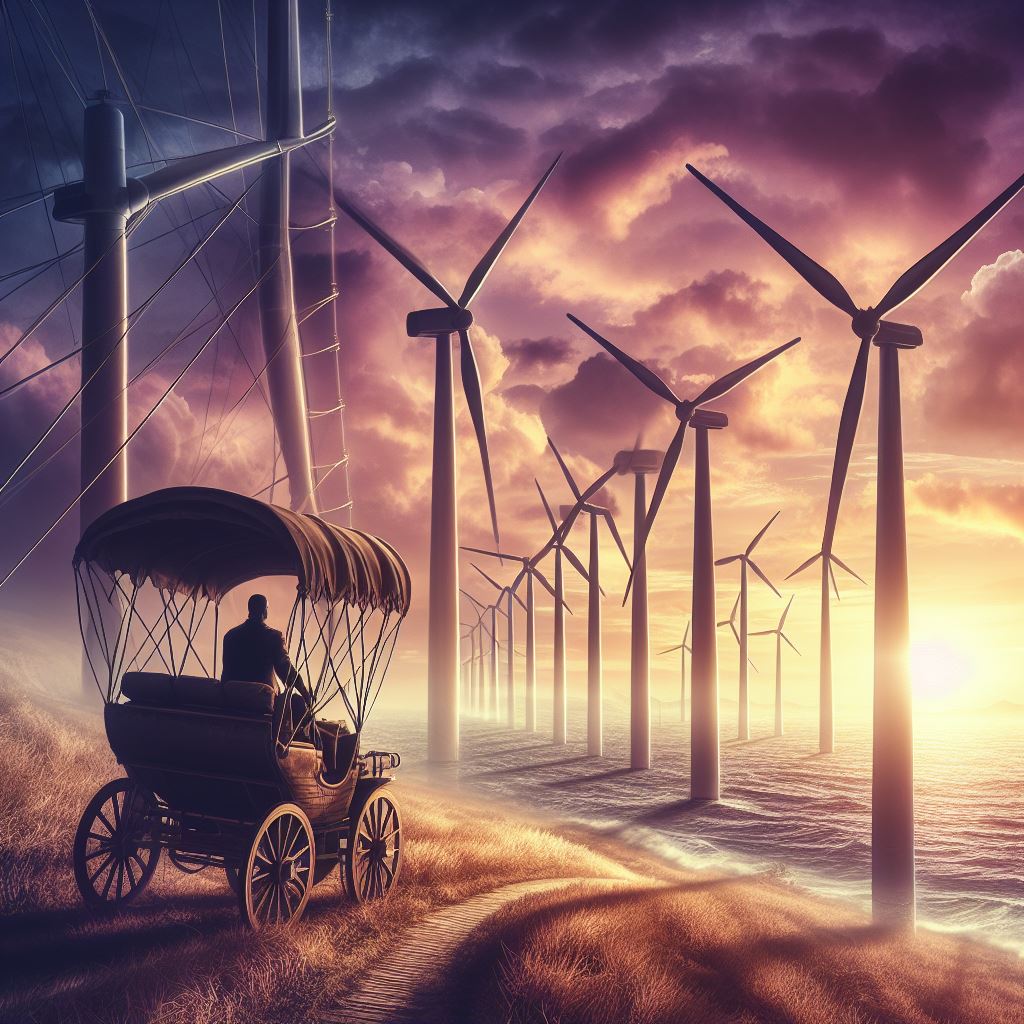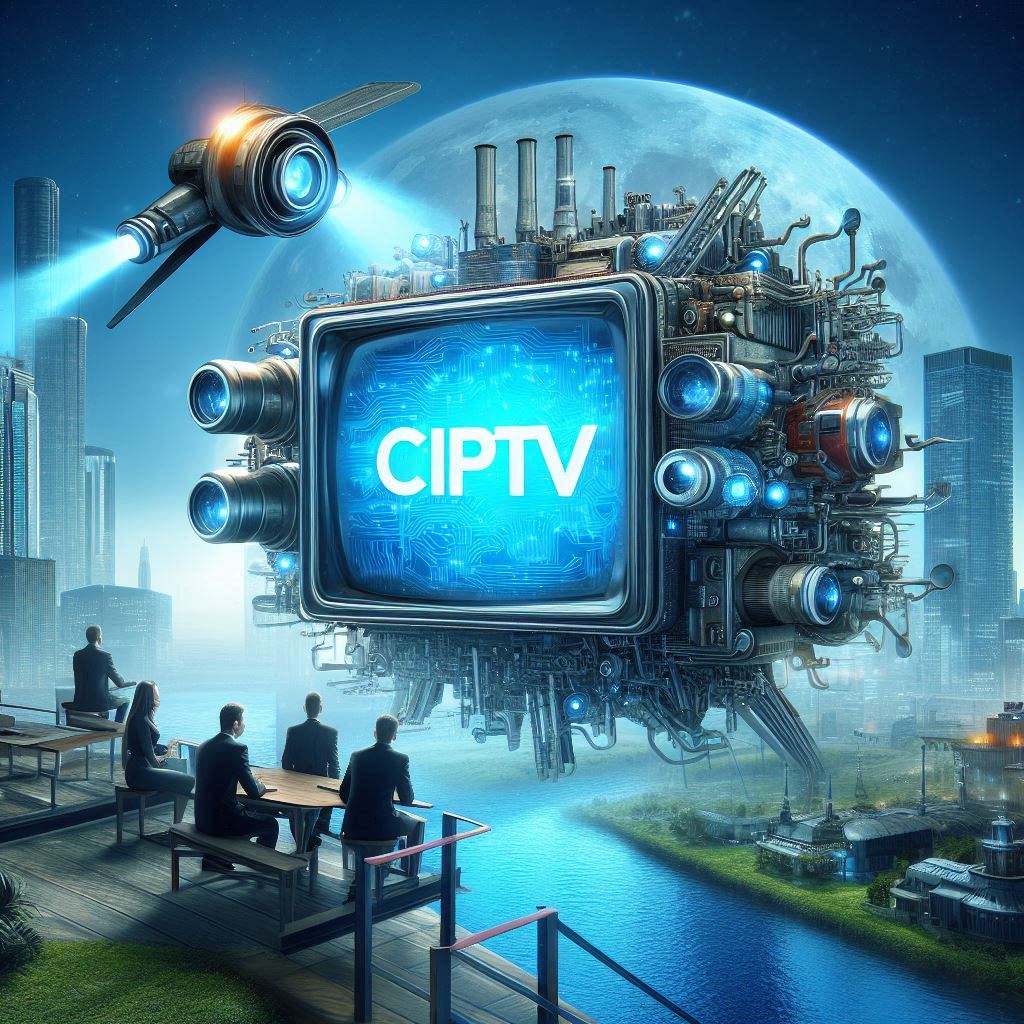Introduction to wind turbines
Imagine a world where the gentle caress of the wind holds within it the incredible power to shape our future. Welcome to the realm of wind turbines, where innovation meets nature in a harmonious dance of sustainability and progress. In this blog post, we will unravel the captivating story behind these towering giants that harness the breeze – exploring their history, benefits, workings, challenges, and promising advancements. Join us on this journey as we unveil the untapped potential and boundless promise of wind turbines in revolutionizing energy production.
History of wind energy and its development
Wind energy has been harnessed by humans for centuries, dating back to ancient civilizations that used windmills to grind grain and pump water. The concept of utilizing the power of the wind evolved over time, leading to more sophisticated wind-powered machinery.
In the late 19th century, the first electricity-generating wind turbine was invented in Denmark. This marked a significant milestone in the development of wind energy as a renewable resource for generating power.
Throughout the 20th century, advancements in technology led to larger and more efficient wind turbines being manufactured. Countries around the world started investing in wind farms as a clean alternative to fossil fuels.
Today, modern wind turbines can be found dotting landscapes globally, harnessing the natural power of the breeze to generate electricity on a large scale. The history of wind energy showcases how innovation and sustainability have shaped this industry into what it is today.
Benefits of using wind turbines for energy production
Harnessing the power of wind turbines for energy production brings a myriad of benefits to both the environment and society. One of the key advantages is that wind is a renewable resource, making it a sustainable alternative to fossil fuels. By utilizing wind turbines, we reduce our dependence on non-renewable sources and contribute to lowering carbon emissions.
Furthermore, wind energy is abundant and widely available in many regions around the world. This means that communities can tap into this natural resource to generate electricity locally, promoting energy independence and security. In addition, wind farms have minimal impact on land use compared to traditional power plants, allowing for dual land use with agriculture or wildlife conservation.
Moreover, investing in wind turbines creates job opportunities in manufacturing, installation, maintenance, and research within the renewable energy sector. This not only boosts economic growth but also fosters innovation in clean energy technologies. Embracing wind power as part of our energy mix paves the way for a more sustainable future for generations to come.
Types of wind turbines and their features
When it comes to wind turbines, there are two main types: horizontal-axis and vertical-axis.
Horizontal-axis turbines are the most common ones you see dotting landscapes worldwide. They have blades that rotate around a horizontal axis, facing into the wind to generate power efficiently.
Vertical-axis turbines, on the other hand, have blades that spin around a vertical axis. These turbines are more compact and can capture wind from any direction without needing to constantly adjust their position.
Each type of turbine has its unique features and benefits. Horizontal-axis turbines tend to be larger and produce higher energy outputs. In contrast, vertical-axis turbines are often quieter and less visually obtrusive.
Both types play an important role in harnessing wind power for sustainable energy production across various settings – from individual homes to vast wind farms on land or offshore.
How do wind turbines work?
Have you ever wondered how those massive wind turbines gracefully spinning in the wind actually work? Let’s dive into the fascinating mechanics behind these modern marvels.
Wind turbines operate on a simple principle: they harness the power of the wind to generate electricity. The blades of the turbine are designed to capture the kinetic energy from the wind, causing them to rotate.
As the blades spin, they turn a shaft connected to a generator, which then converts this mechanical energy into electrical energy. This electricity can then be used to power homes, businesses, and even entire communities.
The direction and speed of the wind play a crucial role in determining how much electricity a turbine can produce. Advanced systems also allow for adjustments in blade pitch and orientation to optimize energy production based on varying wind conditions.
It’s truly remarkable how something as natural as the breeze can be transformed into clean, renewable energy through the ingenuity of wind turbine technology.
Challenges and limitations of wind energy
As with any technology, wind energy also comes with its set of challenges and limitations. One of the primary concerns is the intermittent nature of wind – it doesn’t blow consistently at all times or in all locations. This variability can make it challenging to rely solely on wind power for continuous energy supply.
Another challenge is related to infrastructure – building and maintaining a large number of wind turbines requires significant investment and land space. Additionally, some people find the visual impact of wind farms objectionable, raising concerns about their aesthetic effect on landscapes.
Furthermore, while wind energy is considered environmentally friendly compared to fossil fuels, there are still environmental considerations to address. Birds and bats may collide with turbine blades, leading to wildlife conservation issues that need mitigation strategies.
Despite these challenges, ongoing research and development aim to overcome these limitations and make wind energy even more efficient and sustainable for the future.
Advancements in wind turbine technology
Advancements in wind turbine technology have propelled the industry towards greater efficiency and sustainability. Innovations in materials, design, and manufacturing processes have led to more reliable and cost-effective turbines.
One significant development is the use of lighter and stronger materials for turbine blades, allowing them to capture more energy from the wind while reducing maintenance requirements. Additionally, advancements in control systems have improved the ability of turbines to adapt to changing wind conditions, optimizing their performance.
Furthermore, the integration of smart technologies such as sensors and data analytics has enabled real-time monitoring and predictive maintenance, enhancing overall operational efficiency. Grid integration solutions have also been enhanced to facilitate better management of fluctuating power output from wind farms.
As research continues to drive innovation in wind turbine technology, we can expect further breakthroughs that will continue to shape a cleaner and more sustainable energy future.
The future of wind energy and its potential impact on the environment
The future of wind energy holds immense promise for a more sustainable world. As technology continues to advance, so does the efficiency and affordability of wind turbines. With increased investment and innovation, we are on the brink of a renewable energy revolution.
Harnessing the power of wind has the potential to significantly reduce our reliance on fossil fuels, thus lowering greenhouse gas emissions and combating climate change. The environmental impact of wind energy is far less detrimental than traditional energy sources, making it a key player in our transition to cleaner power generation.
As countries around the globe set ambitious renewable energy targets, wind farms are becoming increasingly common sights on landscapes. The growth of this industry not only creates jobs but also paves the way for a greener future for generations to come.
With ongoing research and development, we can expect even more efficient and powerful wind turbines in the years ahead. This evolution will further solidify wind energy’s role as a cornerstone of sustainable electricity production worldwide.
Case studies: successful implementation of wind farms
In recent years, there have been numerous successful case studies showcasing the effective implementation of wind farms around the world. One notable example is the Hornsdale Wind Farm in Australia, which has significantly contributed to the country’s renewable energy goals. The farm consists of 99 turbines harnessing the power of wind to generate clean electricity for thousands of homes.
Another impressive case study is the London Array in the UK, one of the largest offshore wind farms globally. With over 175 turbines spread across a vast area in the Thames Estuary, this project has been instrumental in reducing carbon emissions and promoting sustainable energy practices.
In Denmark, the Middelgrunden Offshore Wind Farm stands out as a pioneering initiative that involves local communities in its ownership structure. This collaborative approach not only generates green energy but also fosters social engagement and economic development within the region.
These success stories demonstrate how wind farms can revolutionize energy production while benefiting both society and the environment.
Conclusion: embracing the power of wind energy for a
The future holds immense promise for wind energy. With continuous advancements in technology and increasing awareness of the environmental benefits, wind turbines are set to play a pivotal role in our transition towards sustainable energy sources. Embracing the power of wind energy not only offers a clean and renewable alternative but also contributes to reducing greenhouse gas emissions and combating climate change. As we harness the breeze with innovative solutions, we pave the way for a greener and brighter tomorrow. Let us continue to support and invest in wind energy, unlocking its full potential for a cleaner, healthier planet for generations to come.


